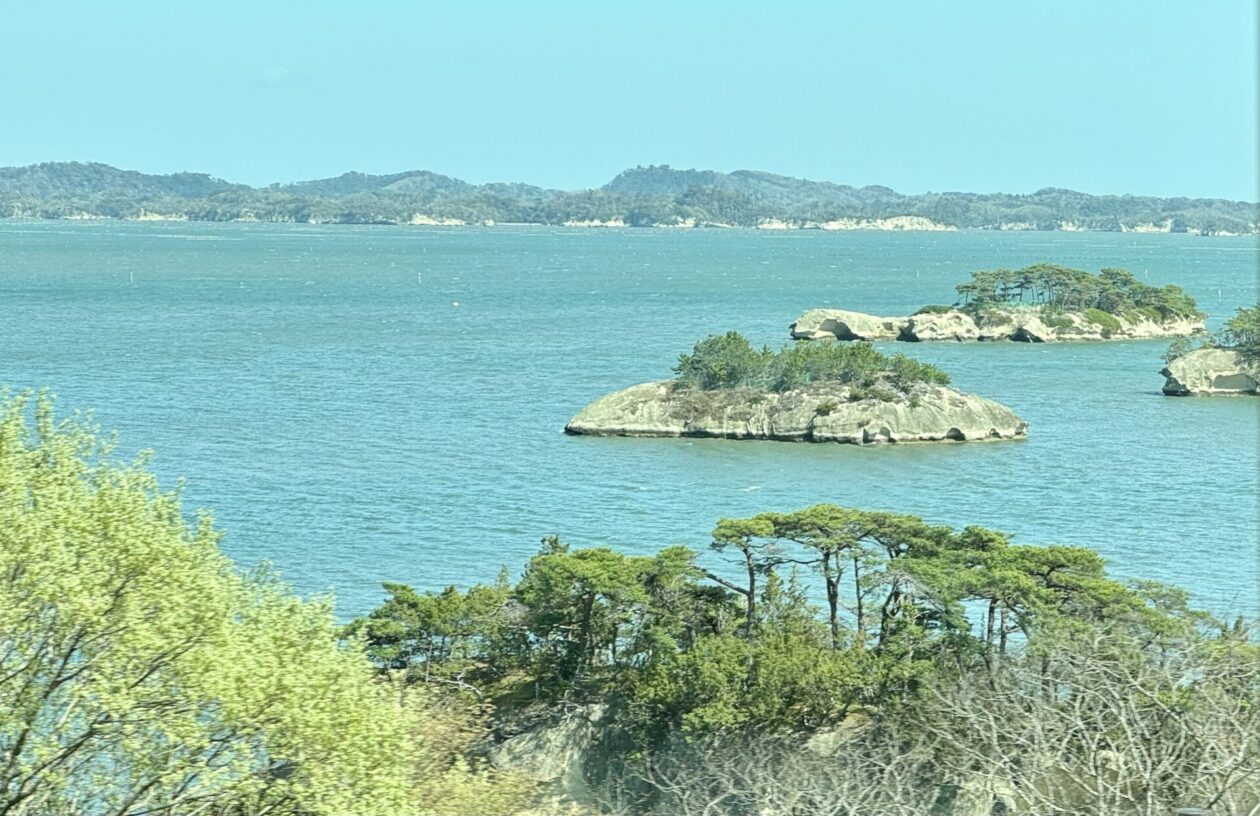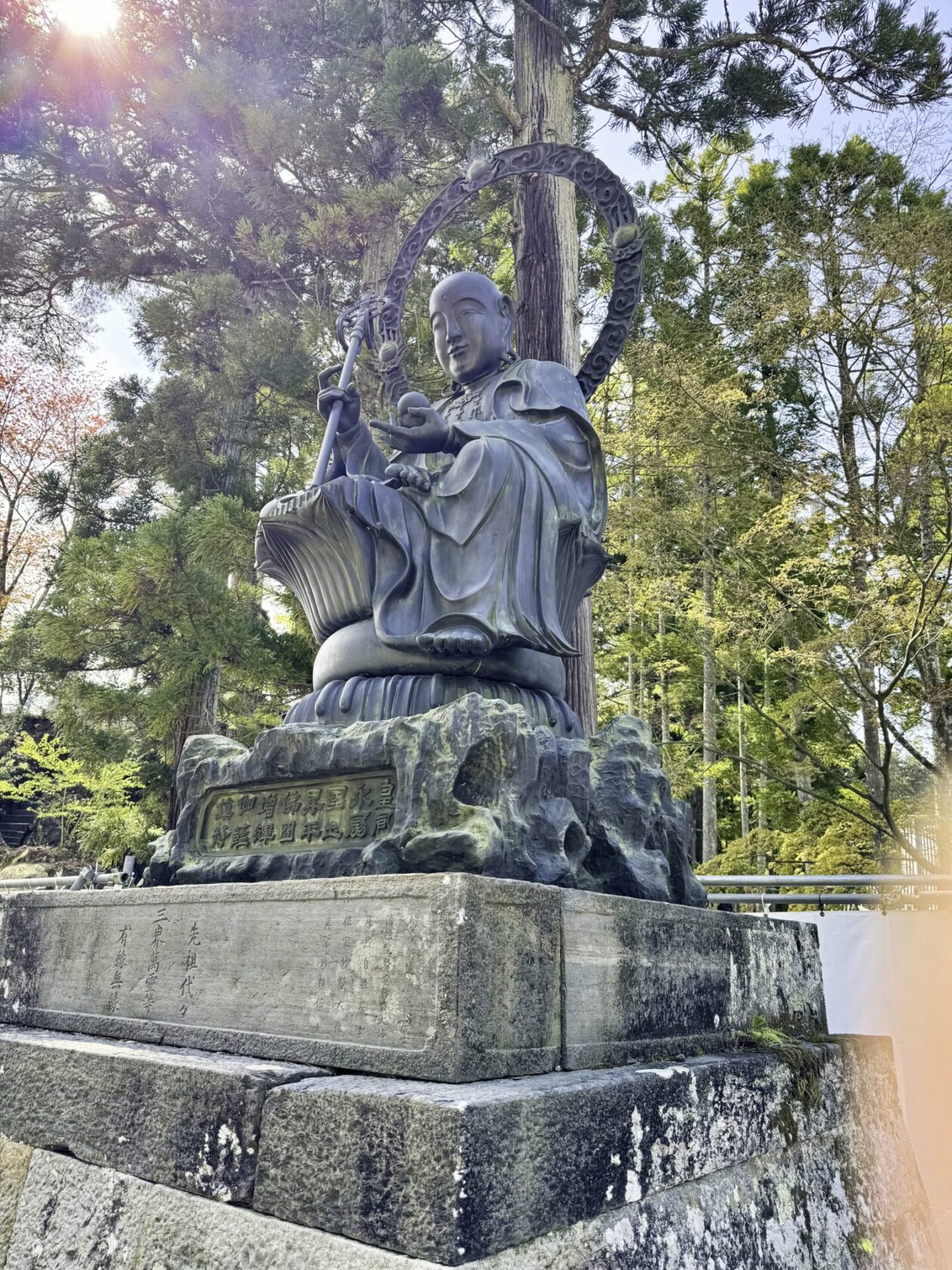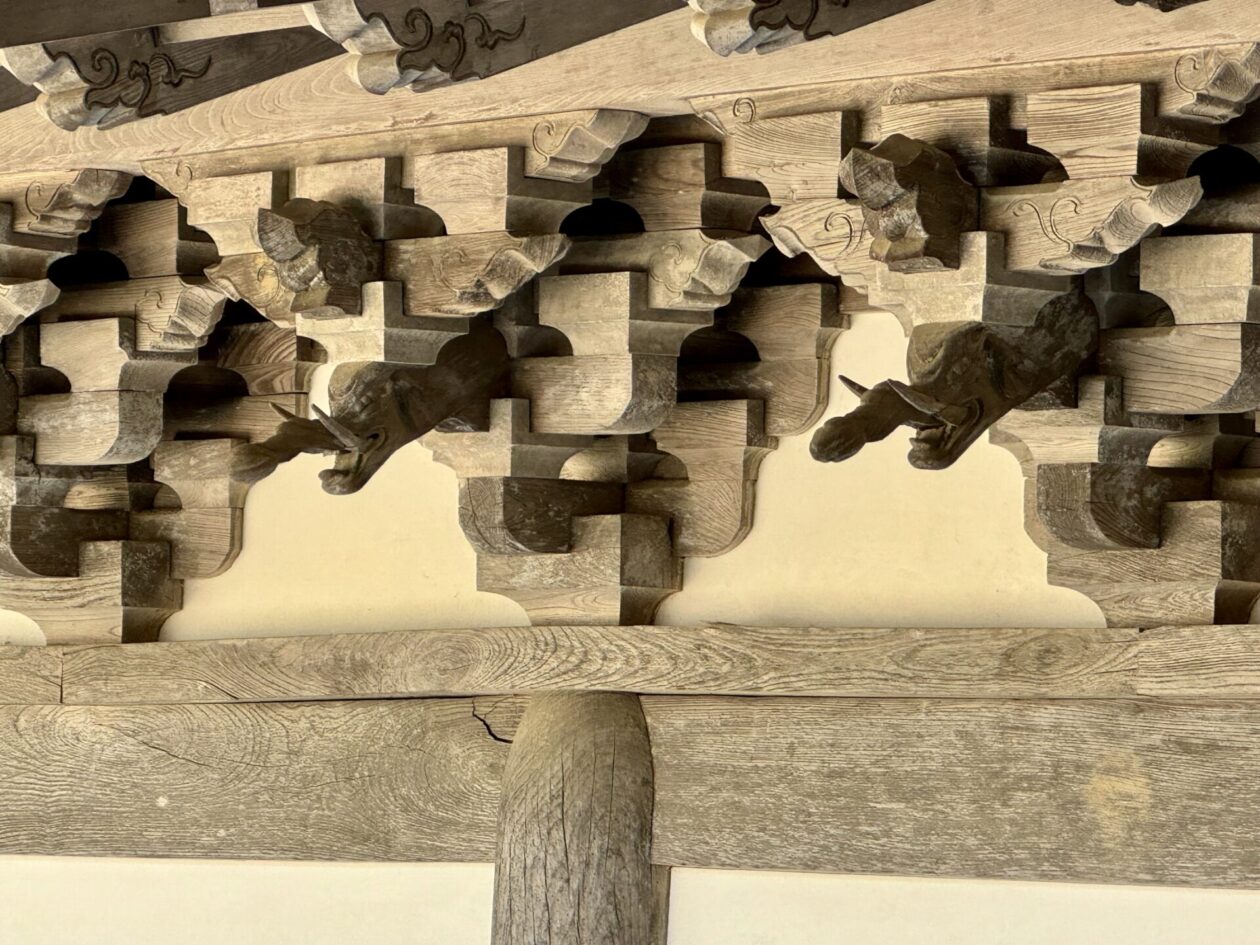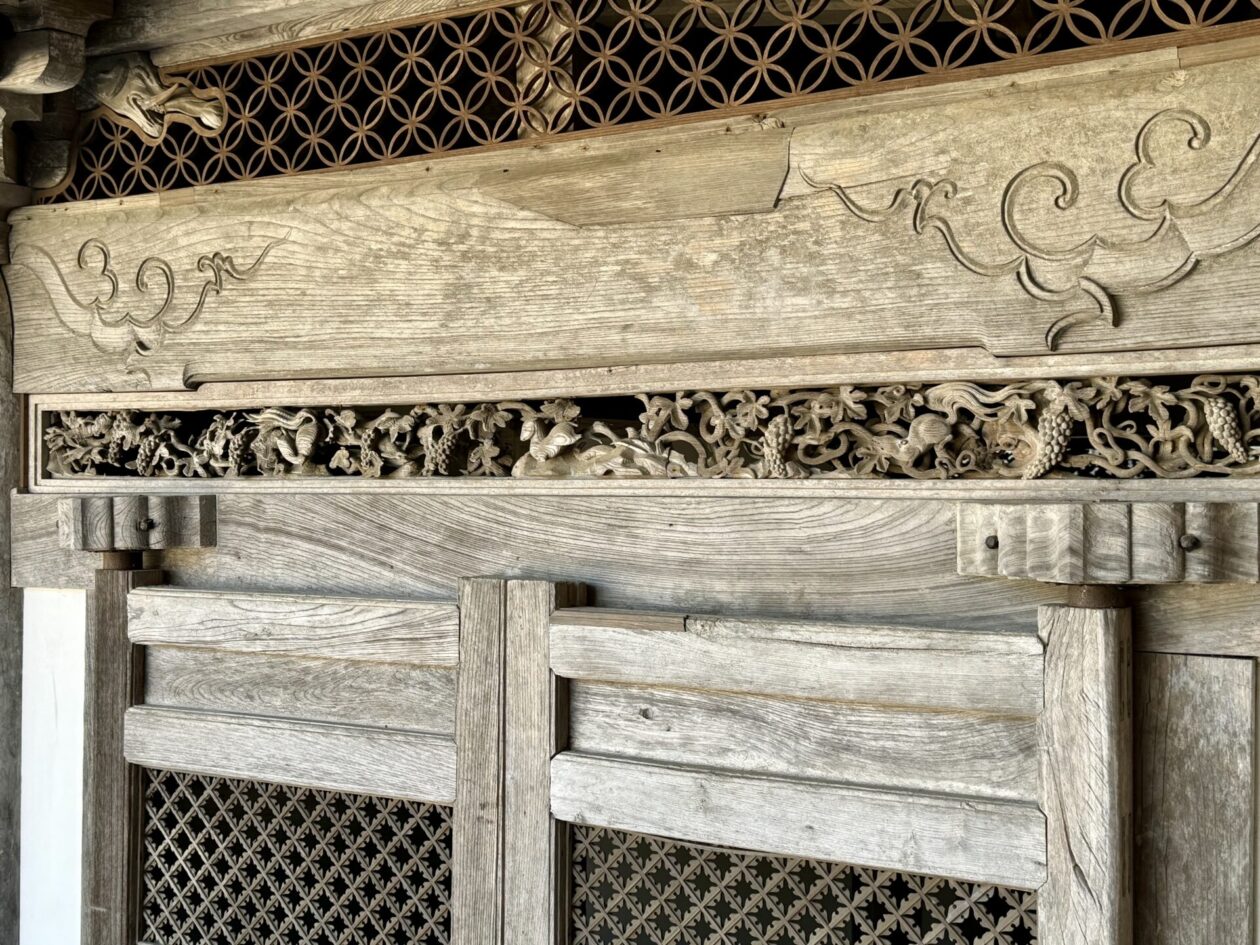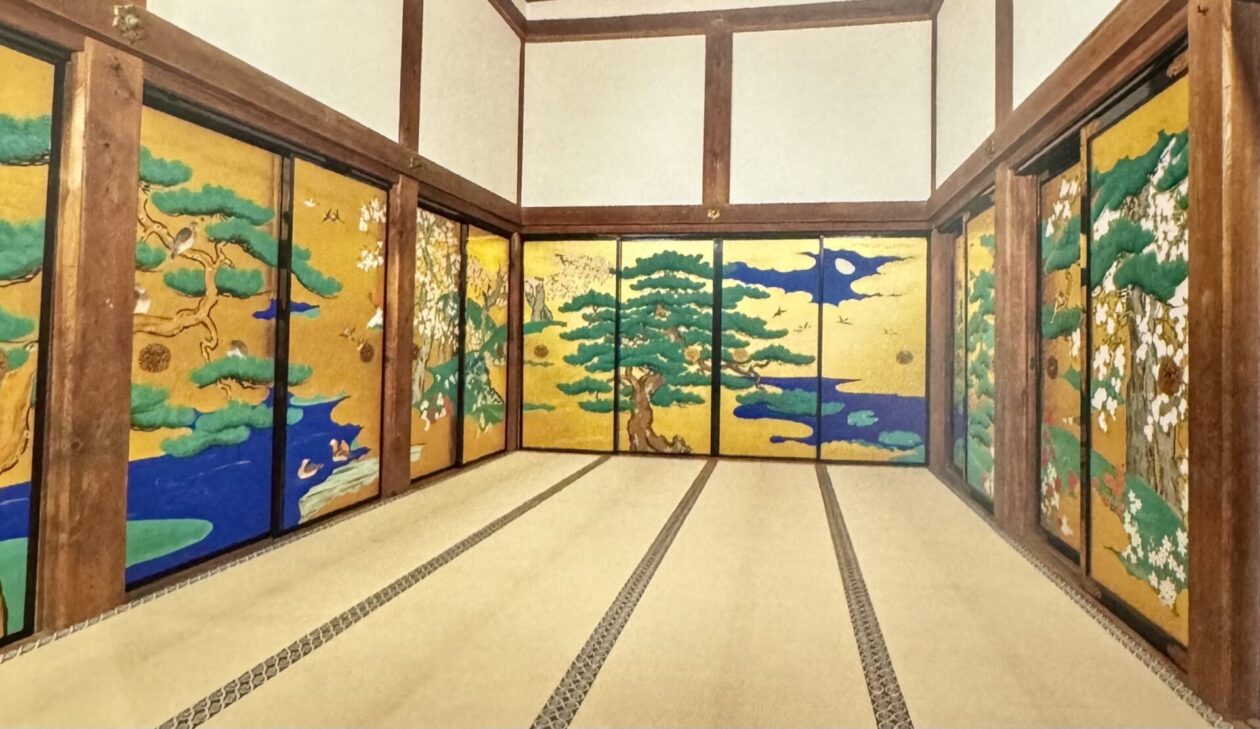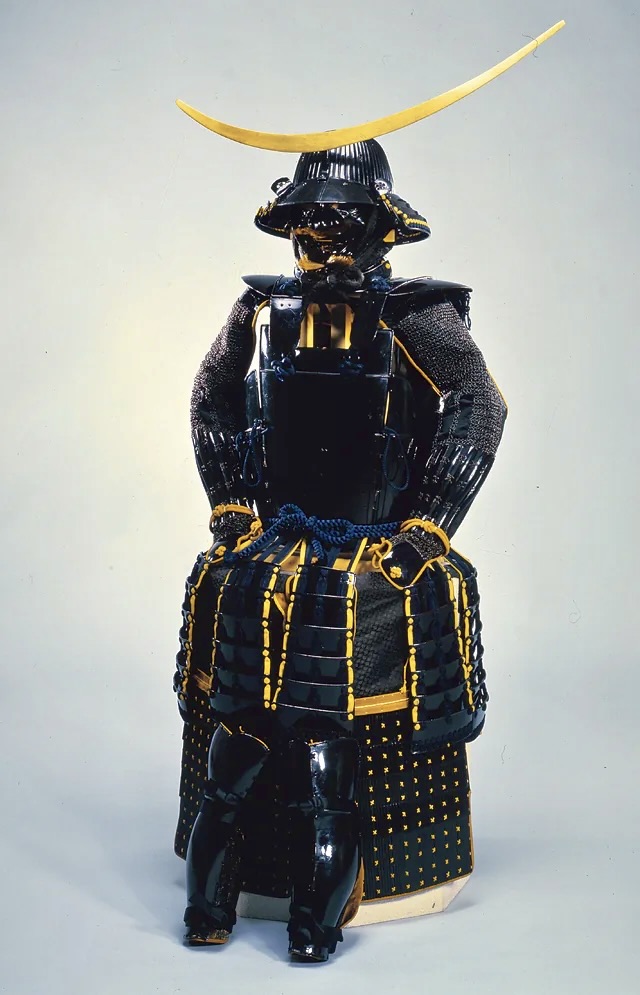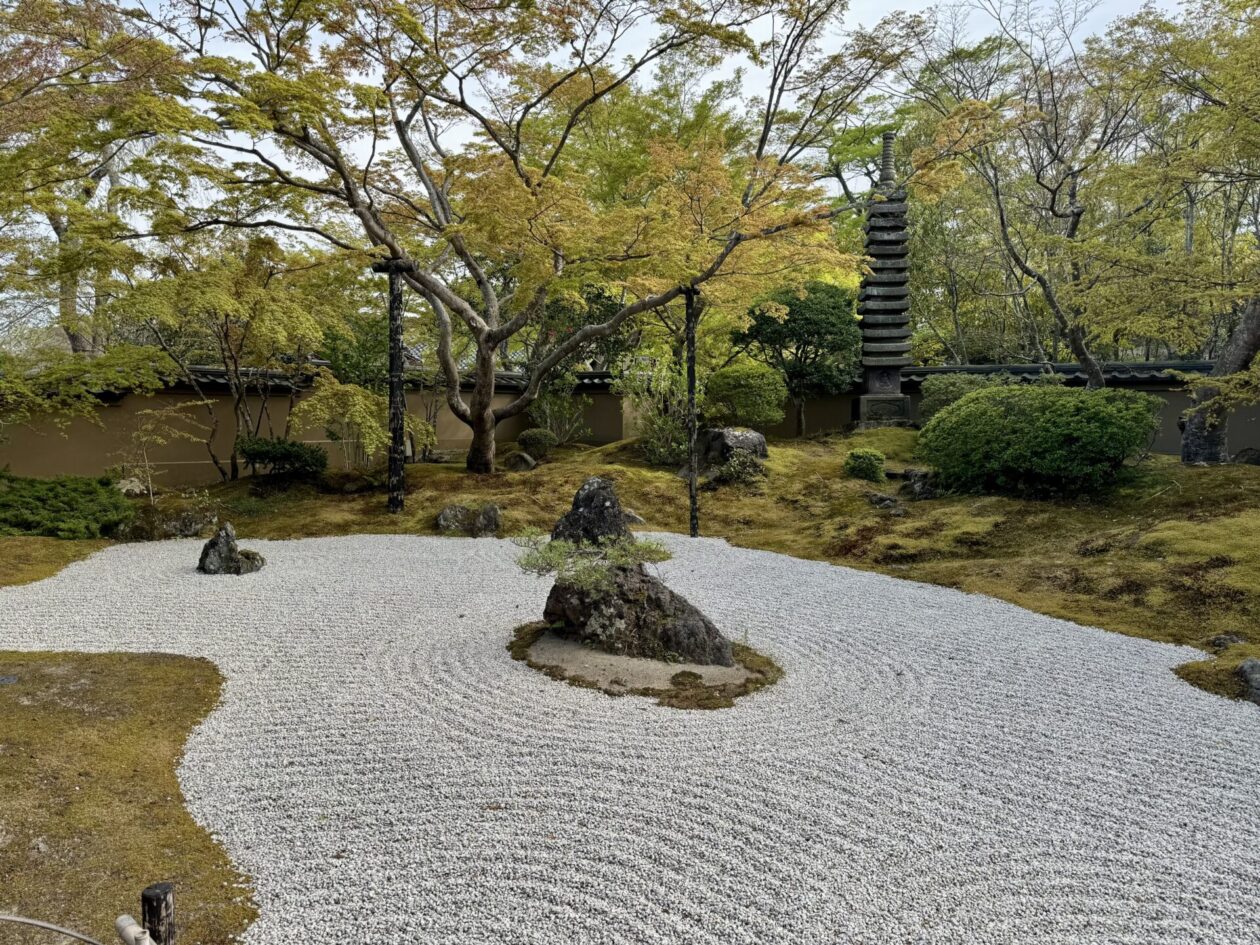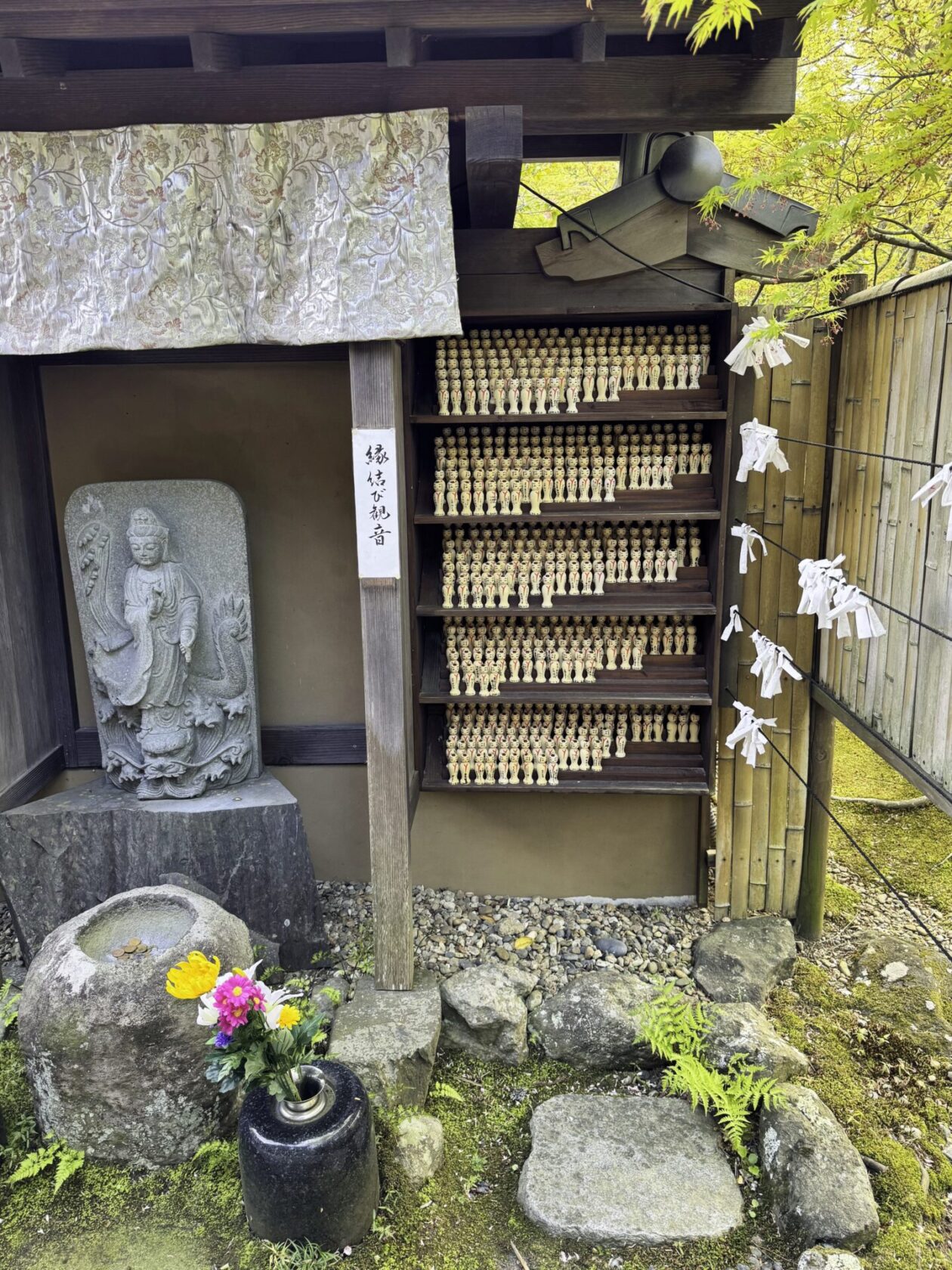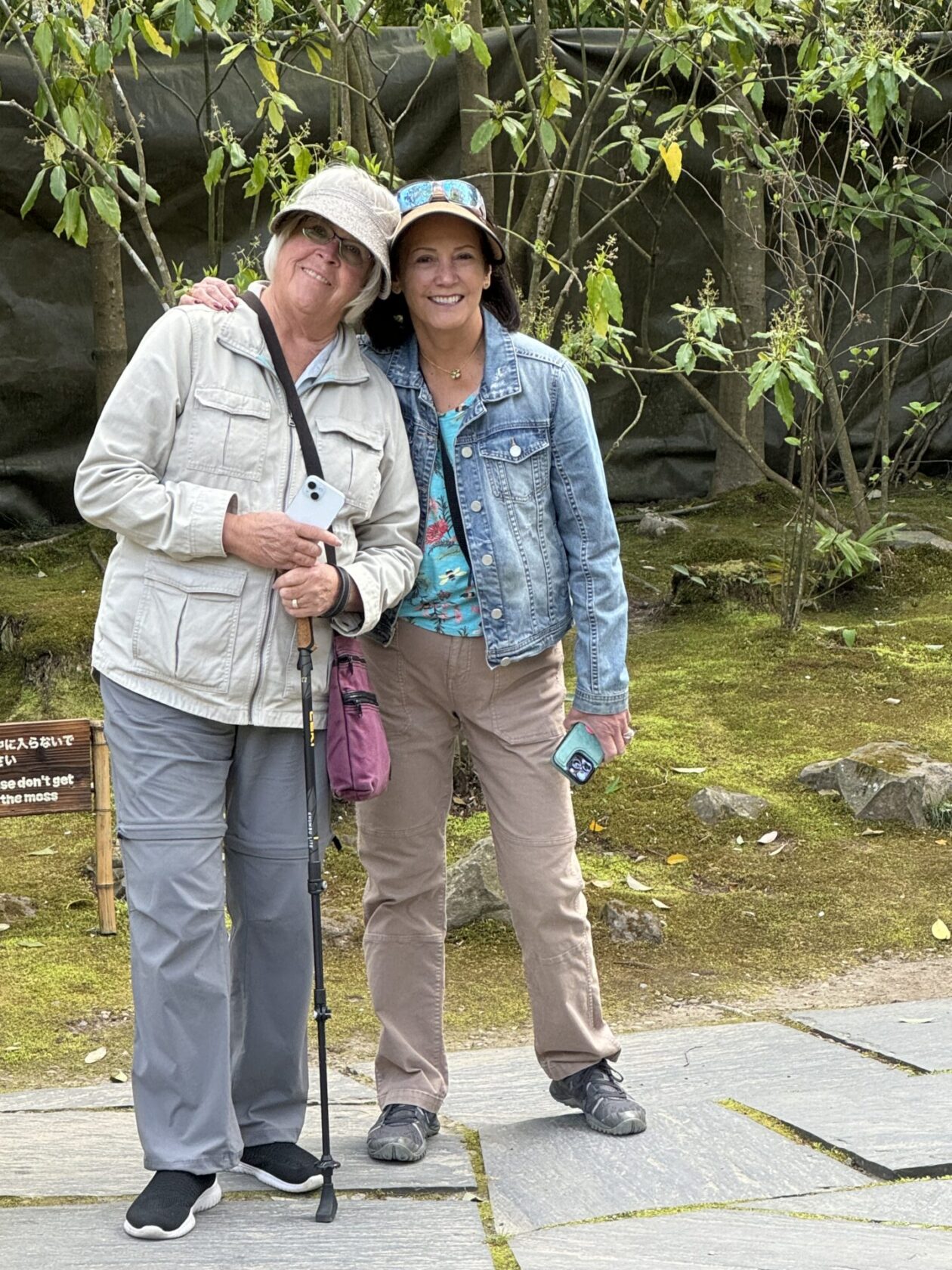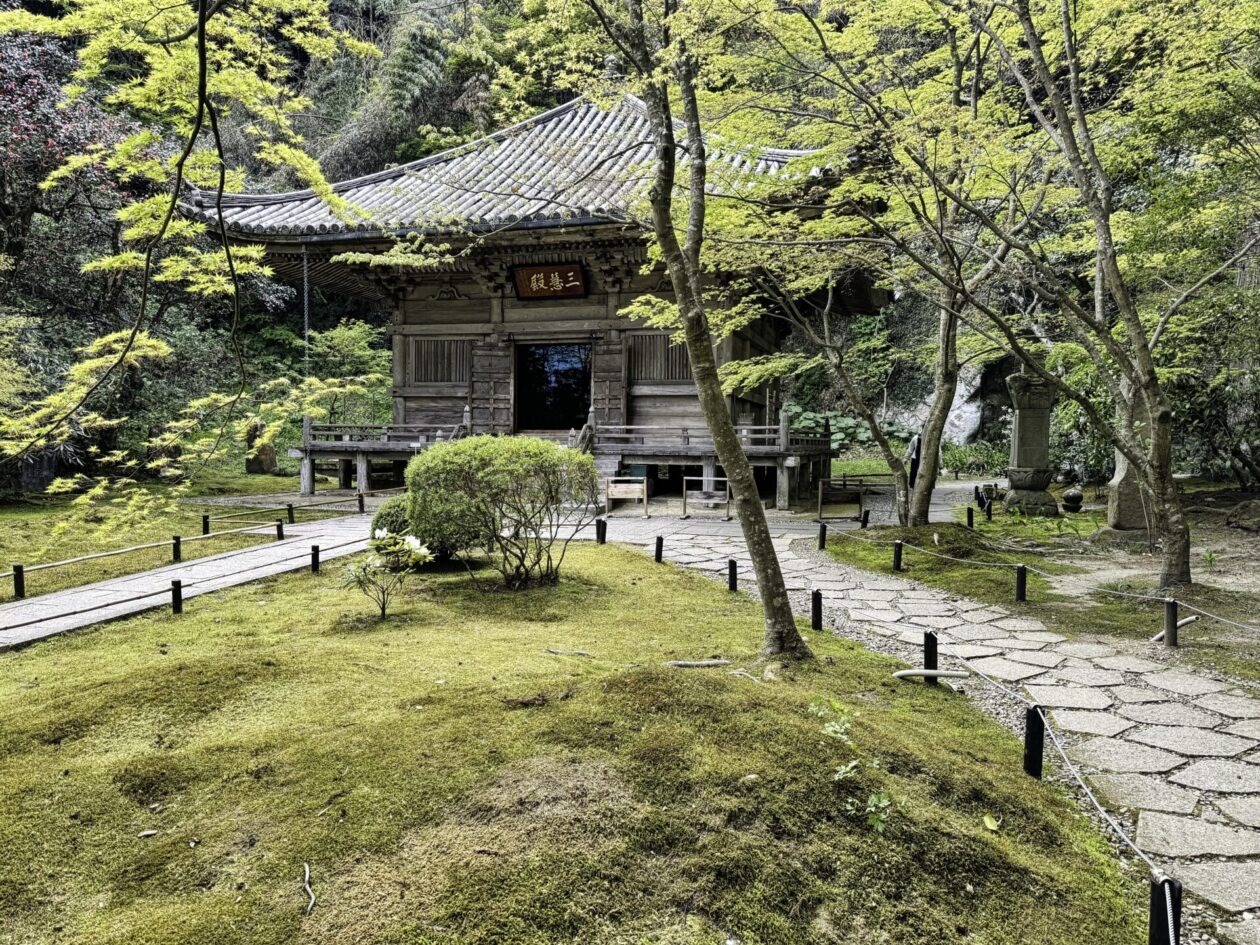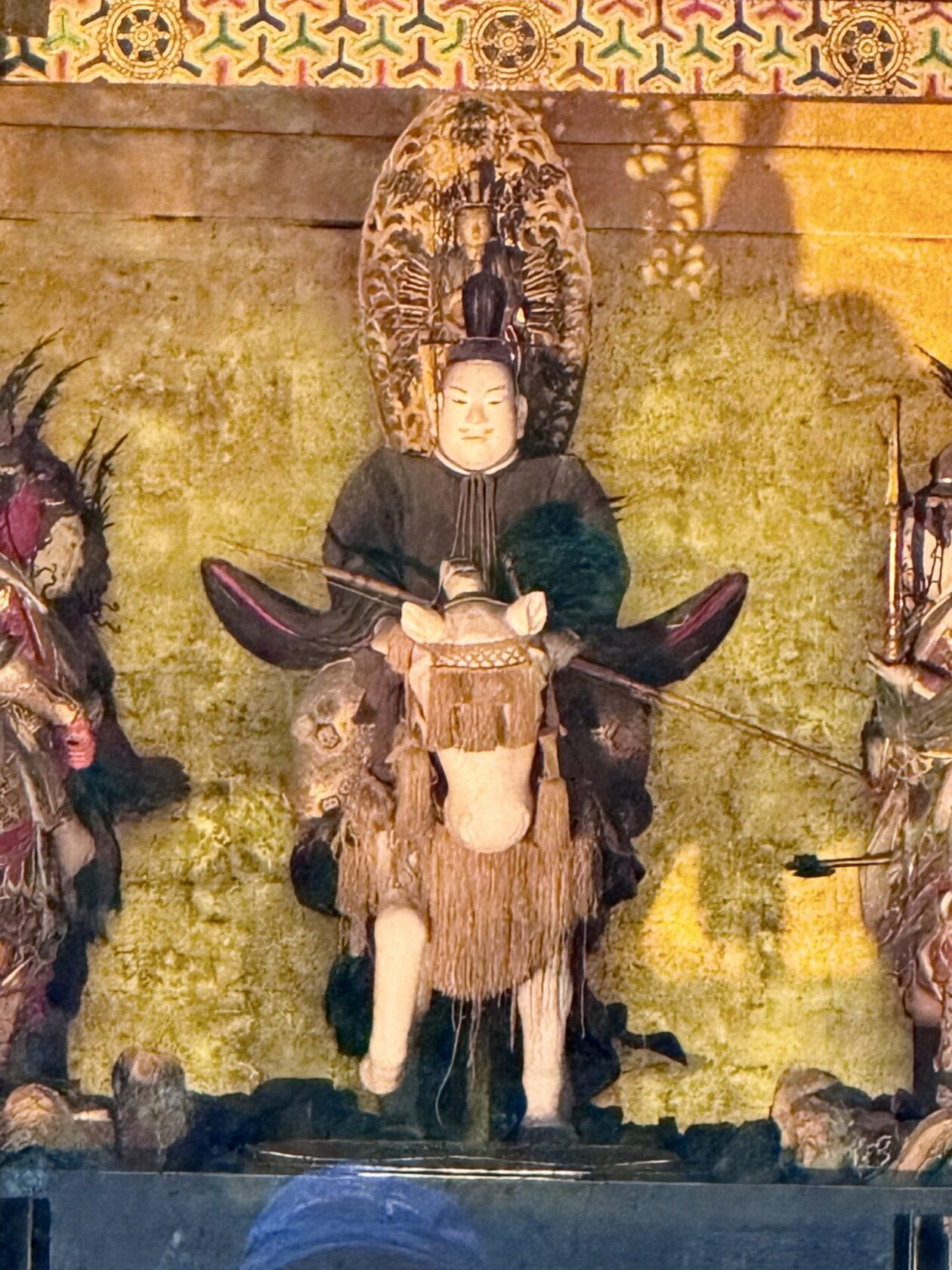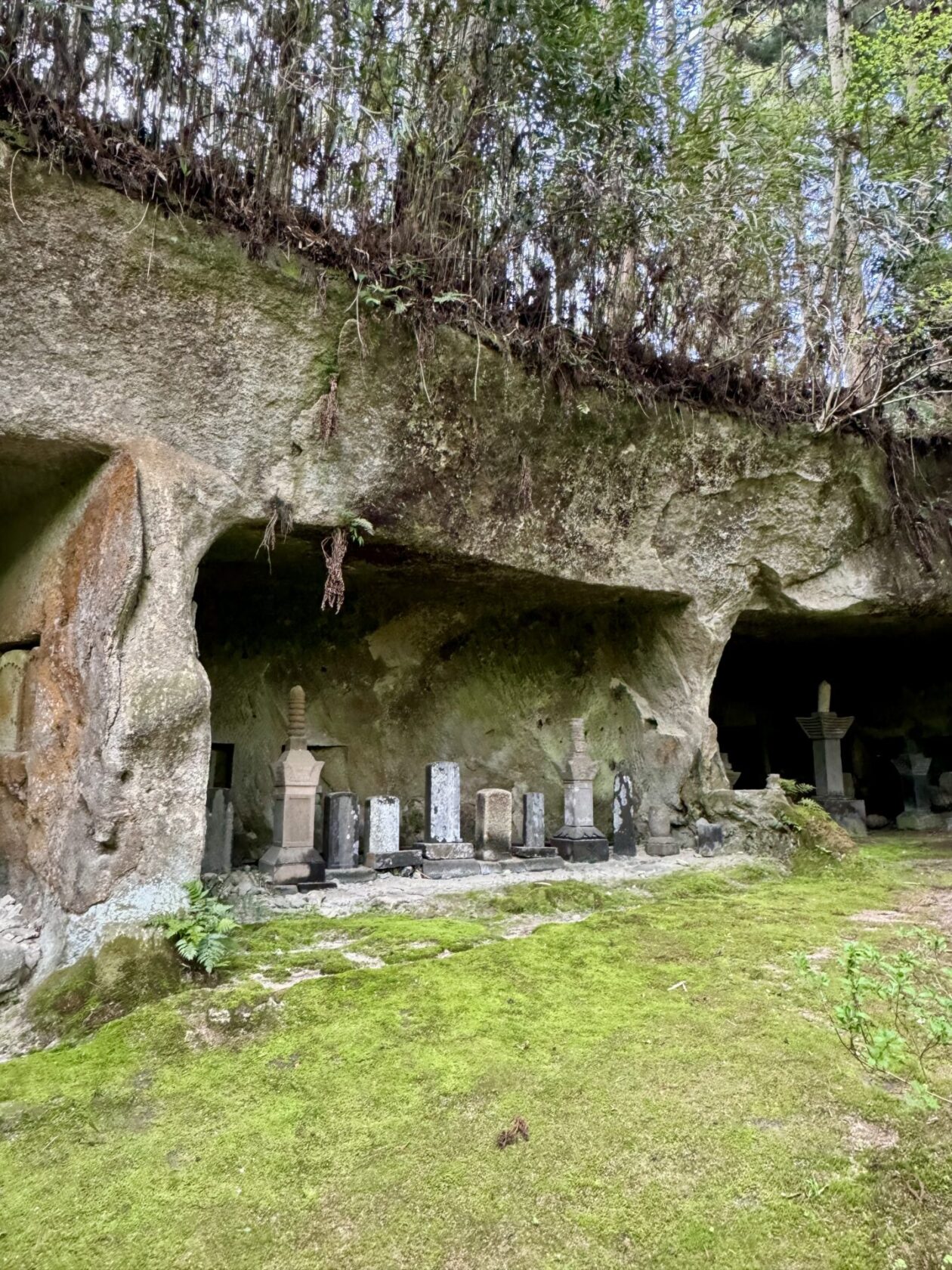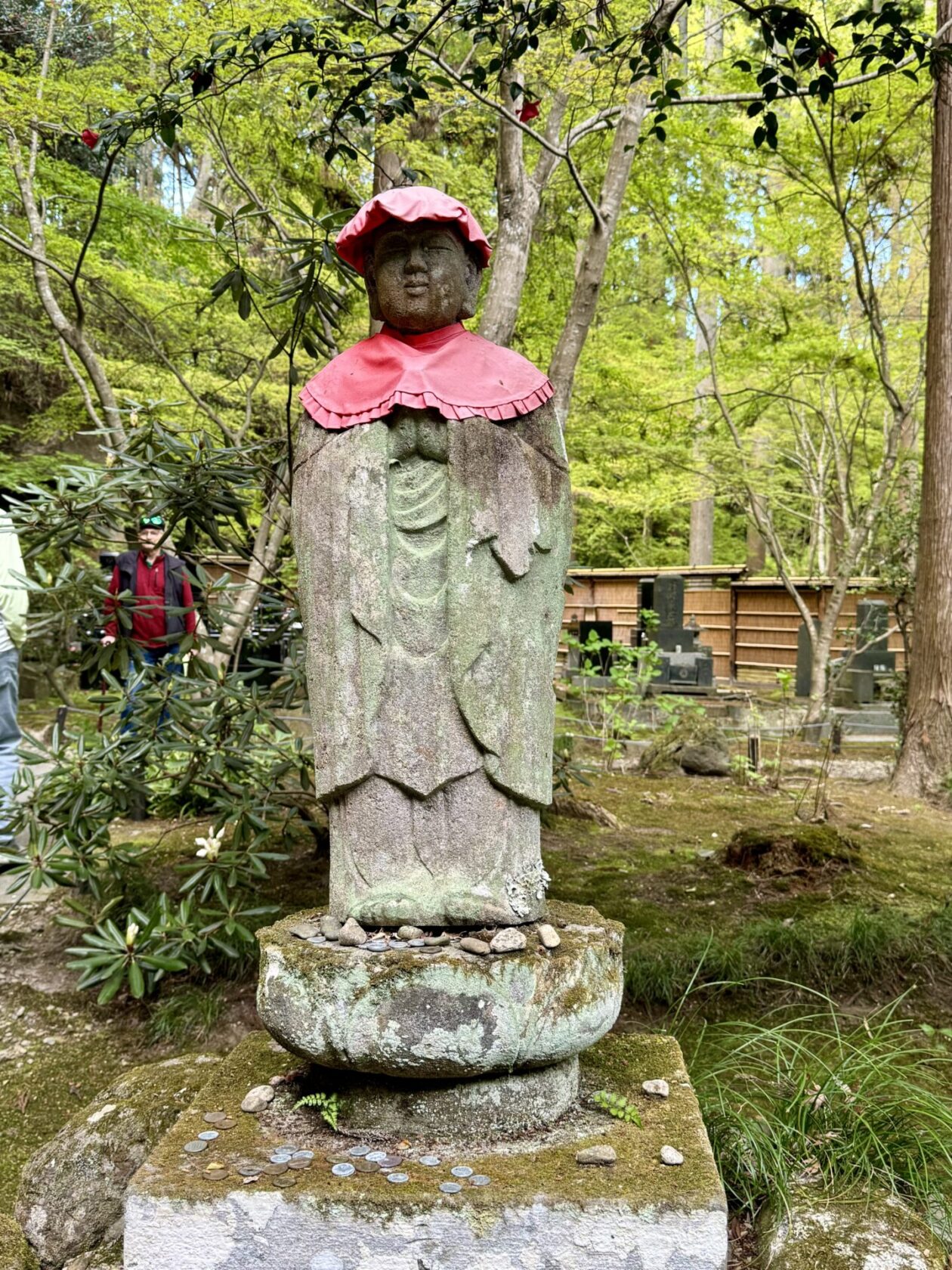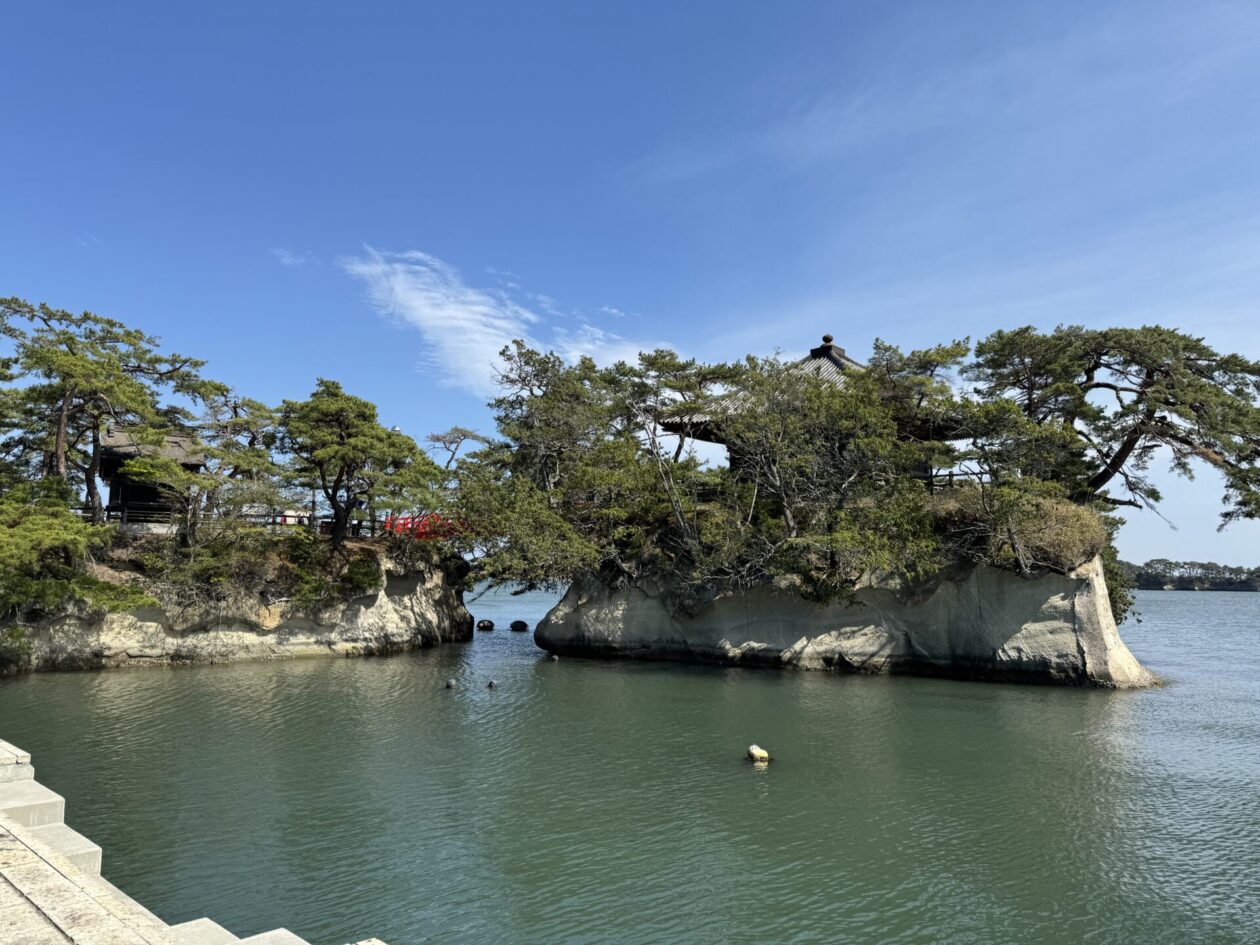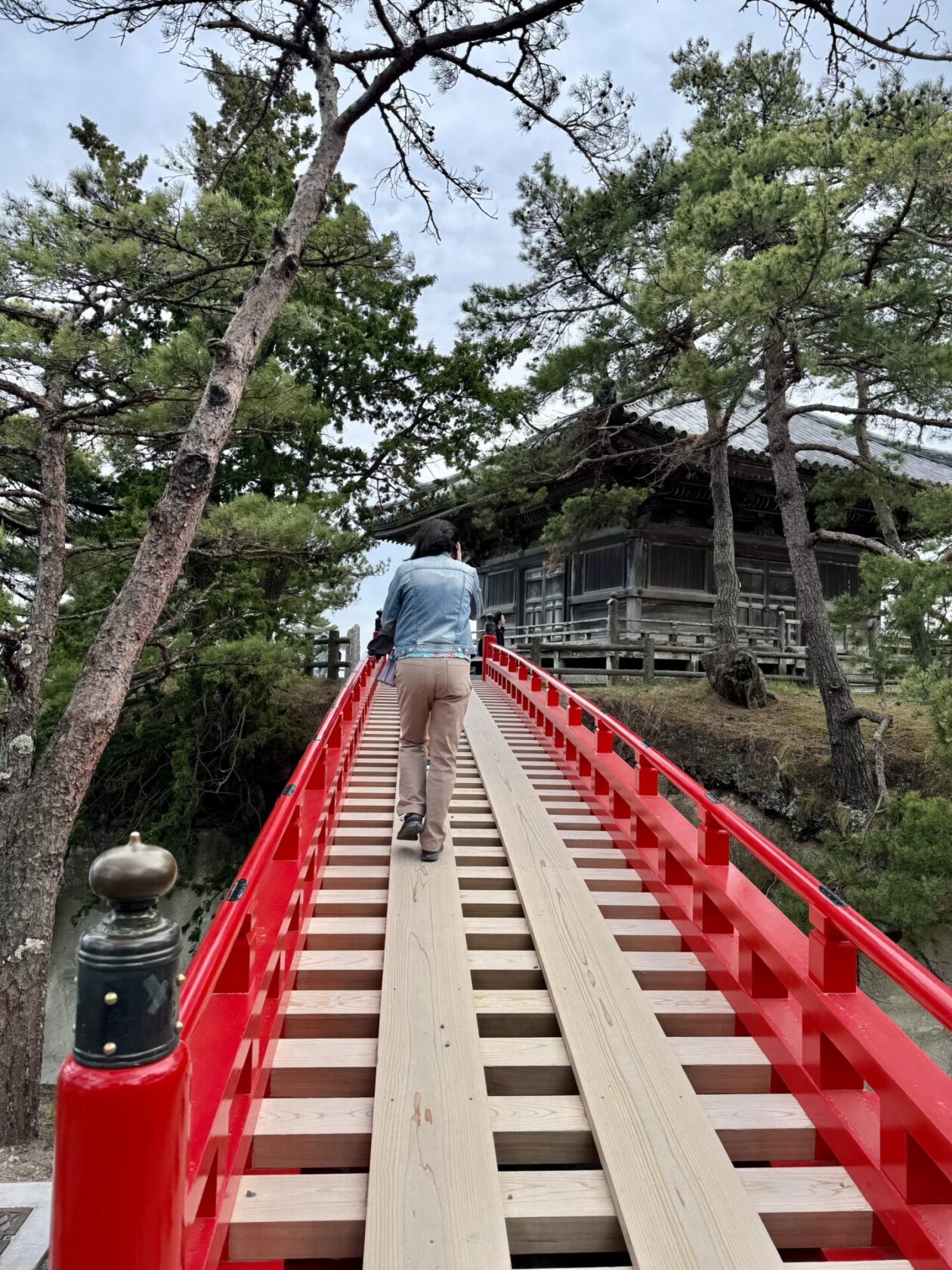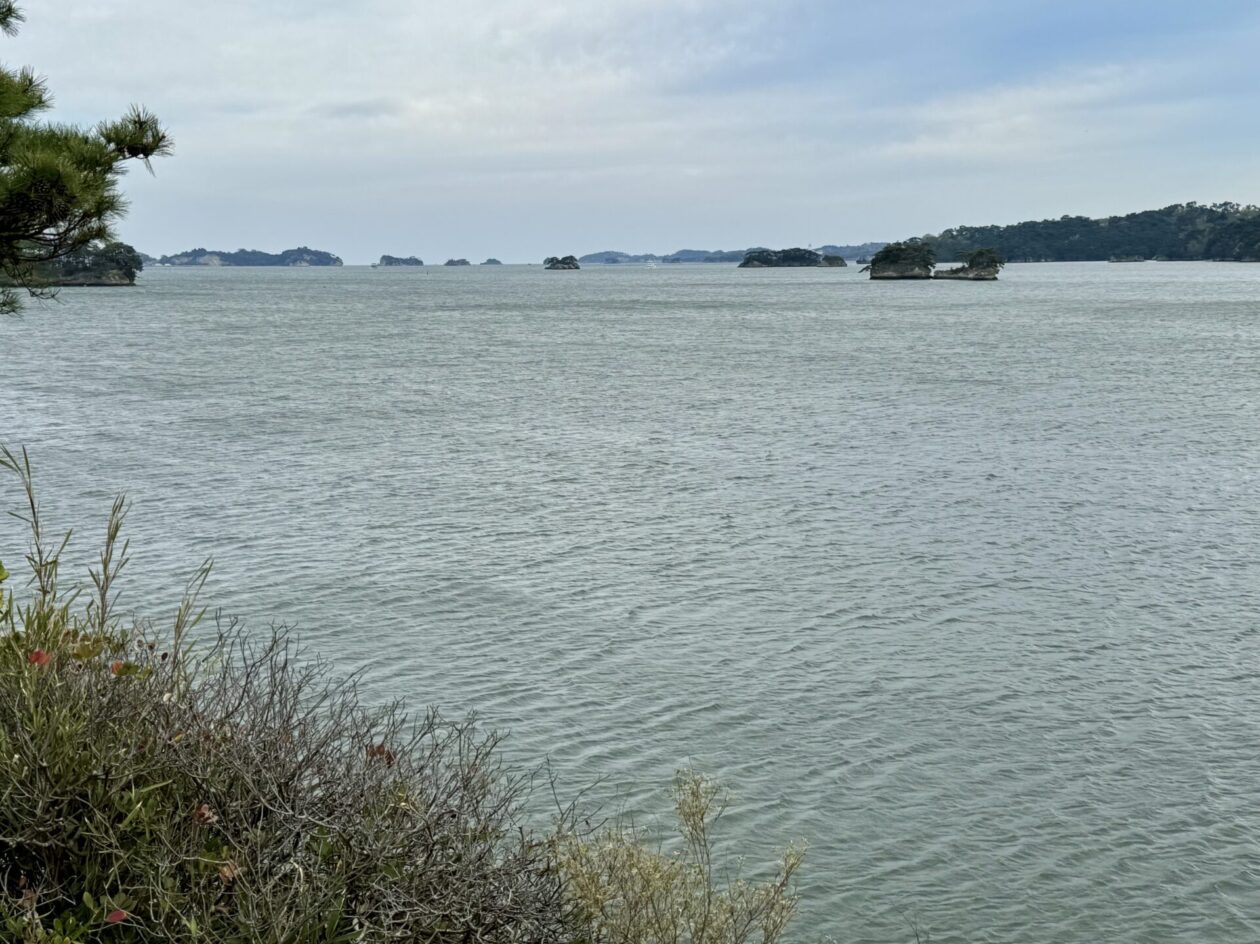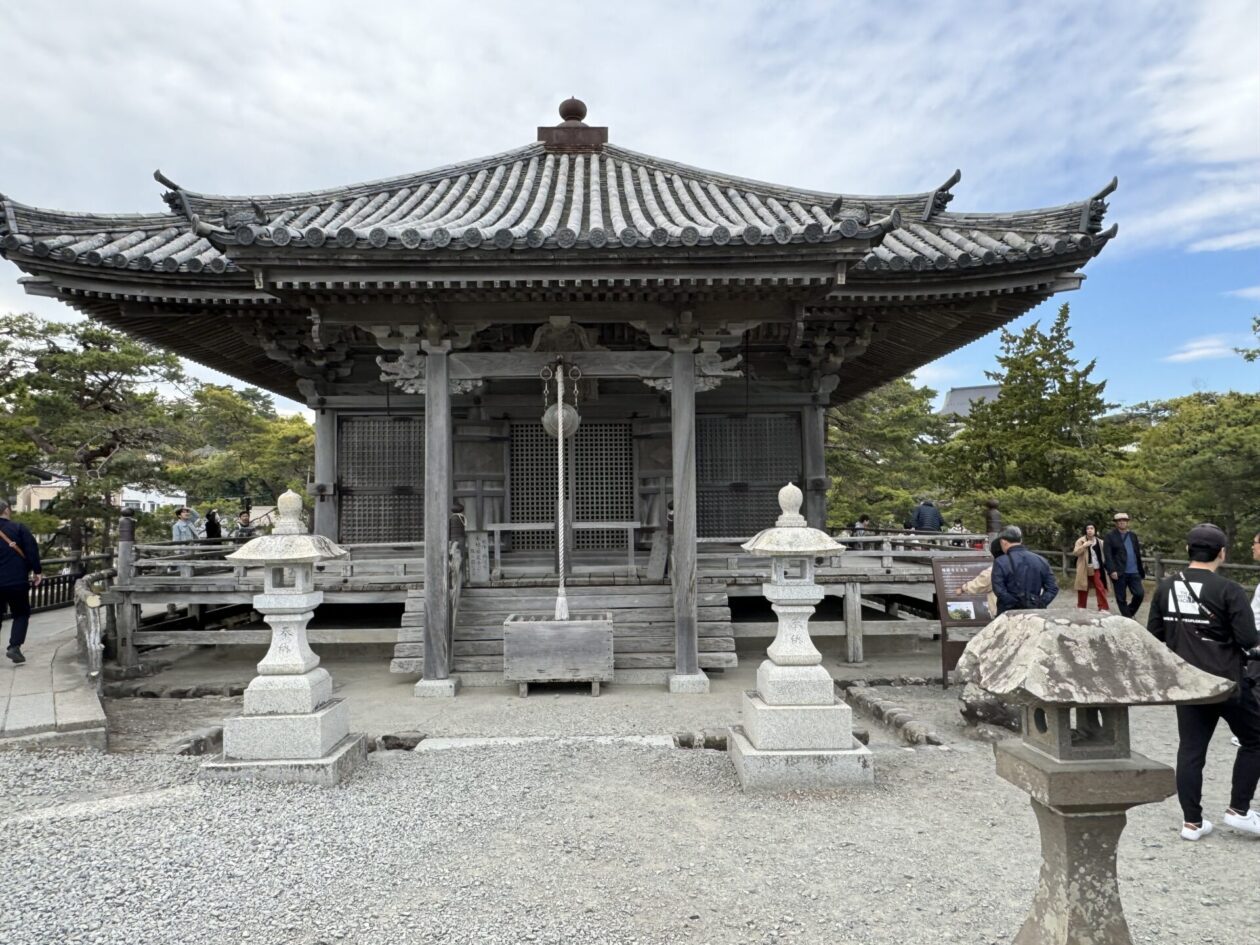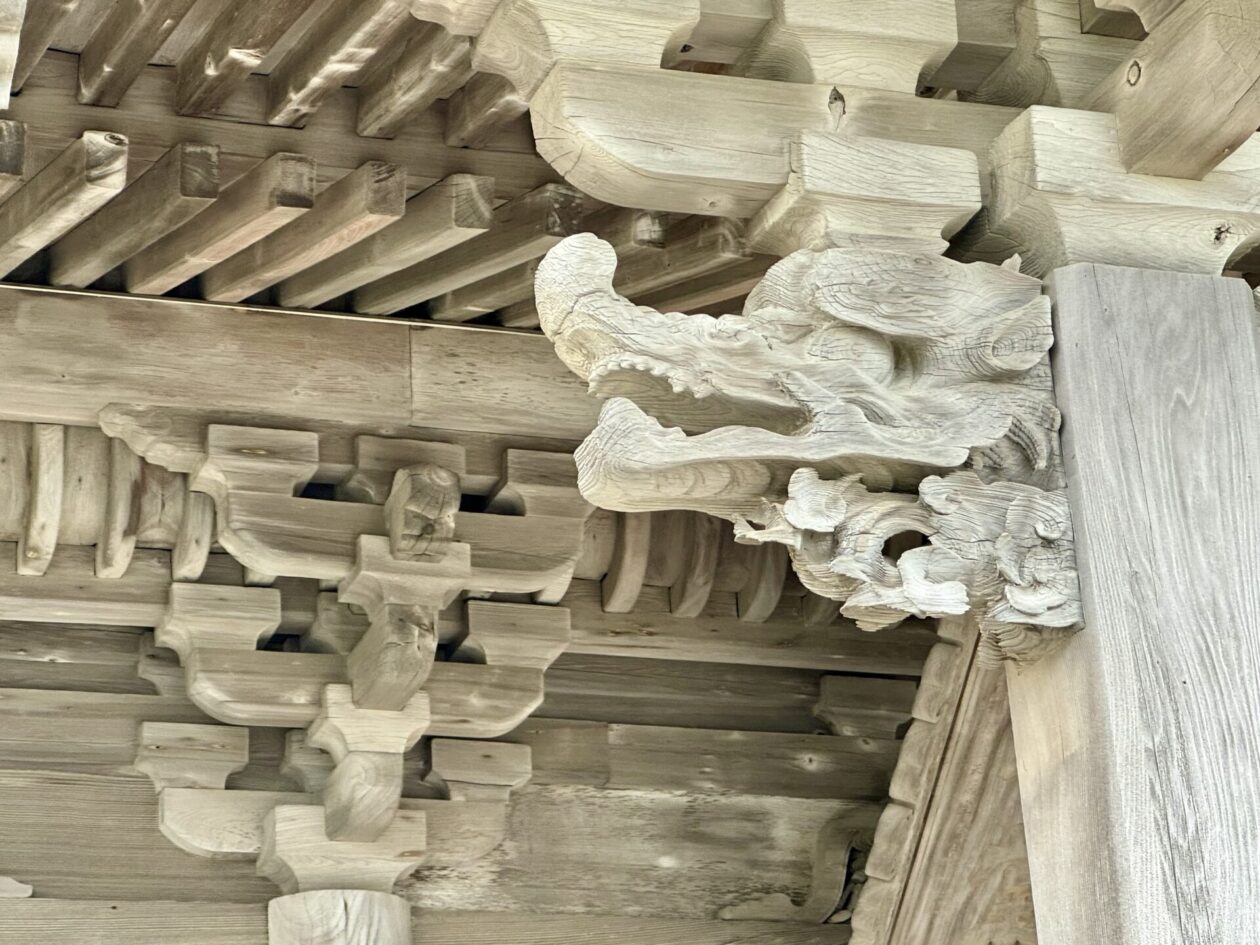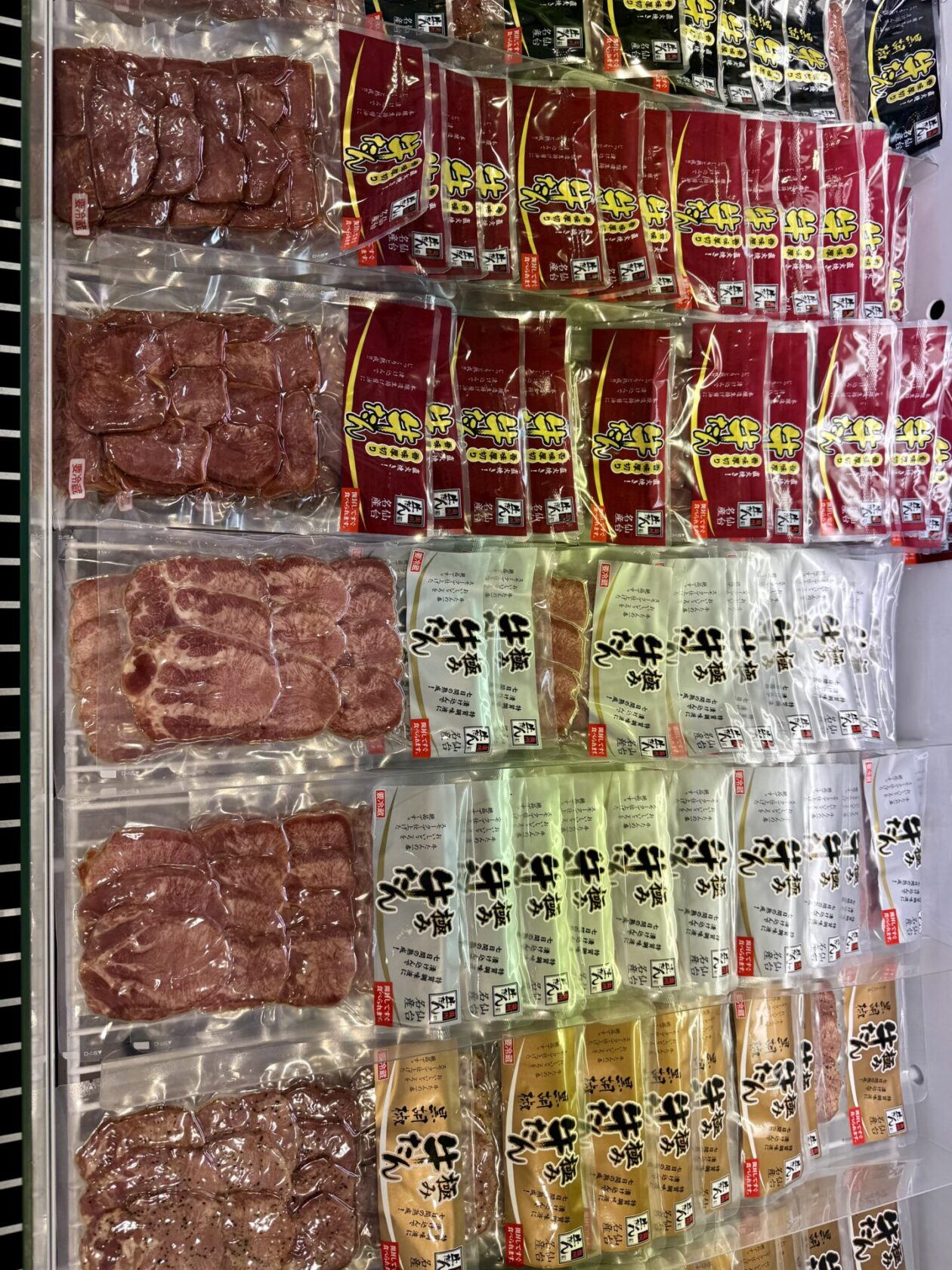- Northern Pacific Wanderings 2024 — here we go!
- Enjoying a few days in Hong Kong
- A day in Kaohsiung and Tainan, Taiwan
- A quick trip to the Penghu Islands
- Two Days in Taipei, Taiwan
- Naha, Okinawa
- Two days in Beijing
- Two days in Incheon and Seoul, South Korea
- Jeju Island, Korea
- Busan, Korea in a day!
- Nagasaki, Japan
- Arita, Japan
- Miyajima and Hiroshima, Japan
- Kyoto’s Bamboo Forest and Rock Garden
- Matsushima, Japan
- Hakadote, Japan
- Kushiro, Japan
- Dutch Harbor….er, Unalaska, Alaska
- Kodiak, AK
- Homer, AK
- Glacier Bay National Park and Preserve, AK
- Sitka, AK
- Klawock and Craig, AK
- A Nanaimo, BC, Canada drive by
- Vancouver BC, end of trip, and final thoughts
After a rolly polly last 24 hours at sea, we pulled into Sendai, Japan, the capital of Miyagi Prefecture in Northern Honshu. We’re only here for a short time, so rather than spend time in what is more or less an industrial city, we headed out to Matsushima, a famous bay with a group of about 260 tiny islands made up of sandstone with many covered in pines. We would have really liked to take a boat ride to experience the bay and the islands themselves but, sadly, we only had 4 hours to take advantage of. We really came here to visit the three famous temples that our here — Zuiganji, Entsuin, and Godaido.
The Zuiganji Temple was originally established in 828 AD by Jikaku Daishi, a priest who spread Buddhism throughout northern Japan. Over the next 800 years, the temple fell into disrepair, but in 1609, Samurai ruler and founder of Sendai City, Date Masamune (also known as the “one-eyed dragon”) rebuilt Zuiganji as his family temple. The results of his work are truly amazing. He spared no expense and brought lots of craftsmen (including wood carvers who did some of the most intricate work I have seen) to create a masterpiece that has largely survived until today.
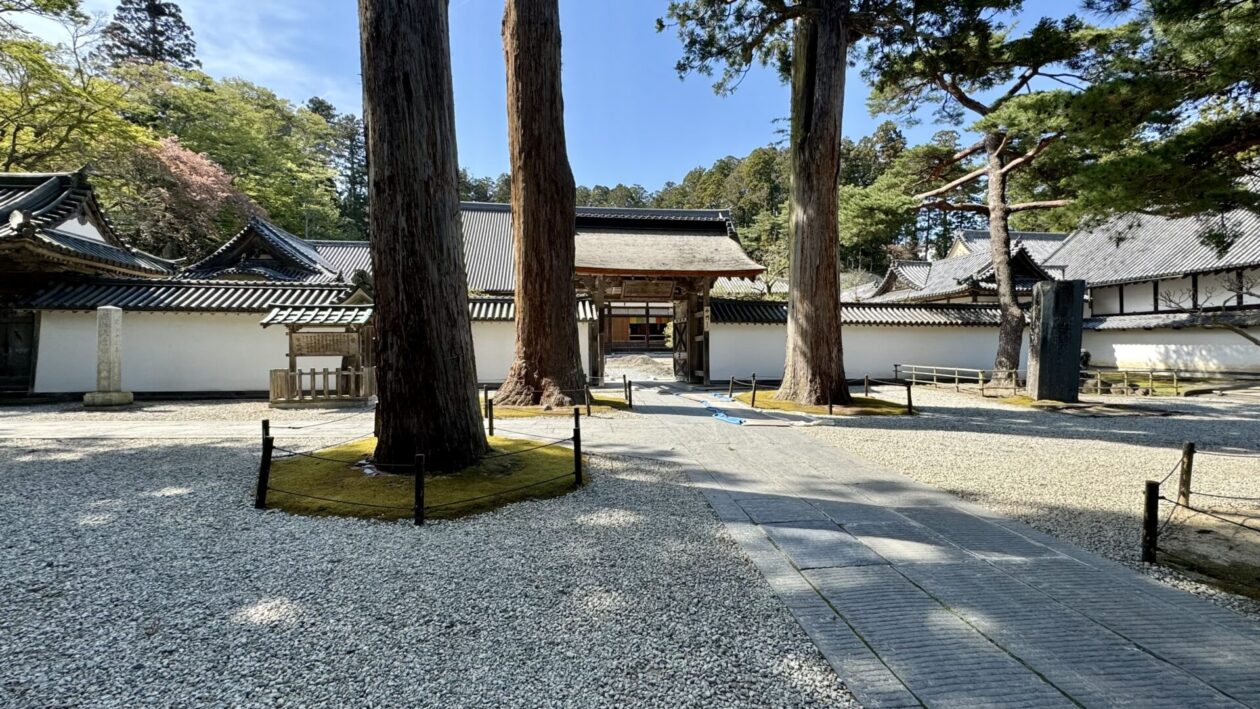
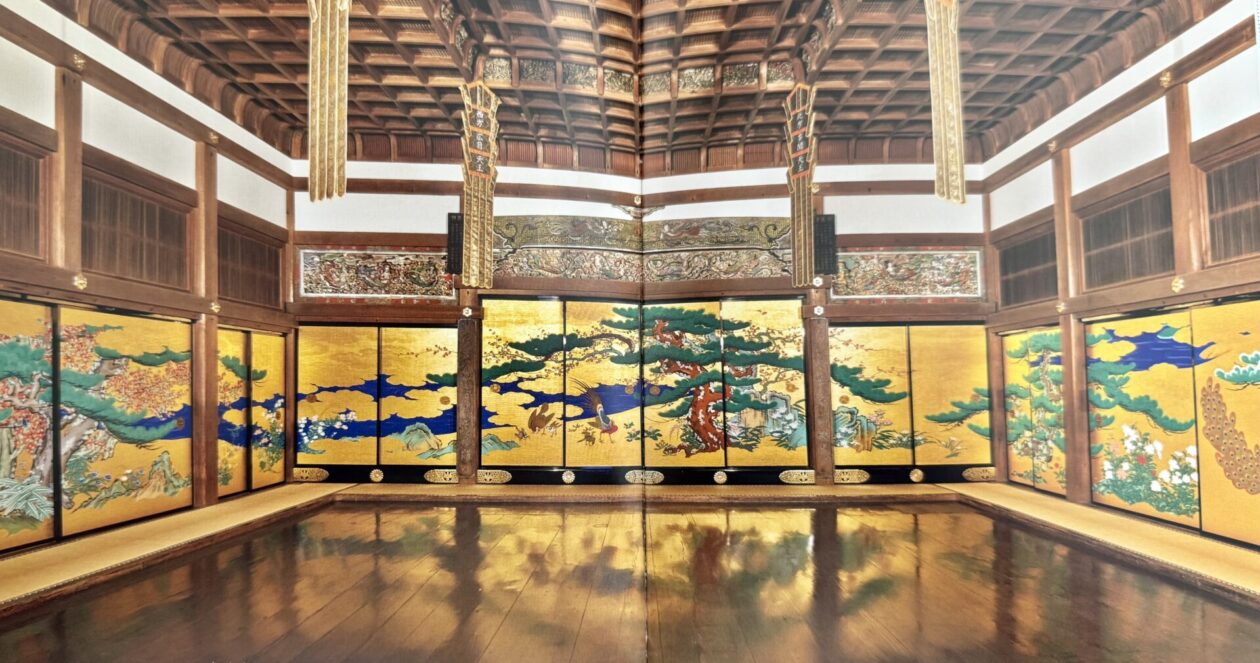
Next we went to Entsuin, which is next door to Zuiganji. It was built in 1646 by Date Tadamune (son of Date Masamune) to house the mausoleum (Sankeiden) of Date Mitsumune, his son, who died an untimely death at the age of 19. From what the guide said, it seems that Mitsumune may have been poisoned as a message from the Shogunate in Tokyo who were getting worried about the Sendai clan. By the way, I should note that when these feudal lords died, their immediate warriors would all commit ritual suicide and be celebrated as martyrs. In addition to the mausoleum, there were a number of gardens and ponds. While I didn’t really understand it all, there were also a number of carved caves and decorations in the sandstone near the mausoleum. As I understand it, these are graves of nobles from over the years.
The last stop was at the Godaido, a small temple hall on an islet next to the pier along the waterfront. While small and not very well maintained, its location has caused it to become a symbol for Matsushima. While originally built in 807, the current building is a 1604 reconstruction by Date Masamune.
As a final word, I should mention that Matsushima was involved in the 2011 9.0 magnitude earthquake and subsequent tsunami. While the epicenter was relatively close, those 260 islets did their job, serving as a natural buffer that weakened the impact of the waves and sparing the town from devastation. Despite the flatness of the waterfront area, none of the three temples were damaged.
We are now heading north to Hokkaido and the town of Hakadote.
This entry was posted in Cruising, Japan, Sendai, Travel